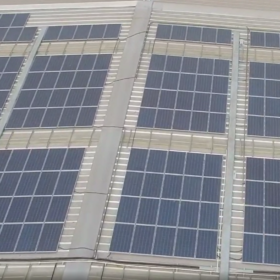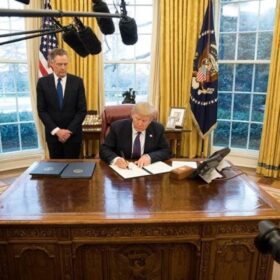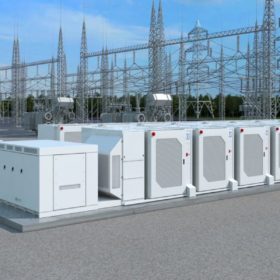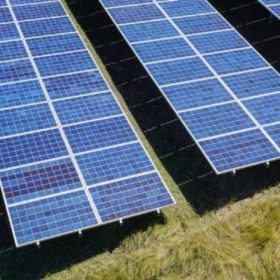India’s installed rooftop solar capacity expected to reach 30 GW by FY27
India’s installed rooftop solar capacity will reach 25–30 GW by FY 2027 from 17 GW in FY 2025, according to CareEdge Advisory & Research.
India’s solar exports face new U.S. tariff hurdles but are expected to stay competitive
India’s solar exports vis a vis other countries could still continue to remain competitive, though the margins could take a marginal hit.
South Africa targeting up to 5 GW of new renewables per year
The South African Renewable Energy Master Plan (SAREM) aims to deploy at least 3 GW of new renewables per year, increasing to 5 GW by 2030, while creating 25,000 jobs in the country’s renewable energy and storage sectors.
U.S. reshapes the non-China solar supply chain
The U.S. Department of Commerce (DOC) revised antidumping and countervailing duties (AD/CVDs) on Vietnamese and Malaysian solar products in December 2024. The move has reshaped the non-Chinese supply chain, with further use of tariffs likely under the new administration, explains InfoLink’s Corrine Lin.
How Trump’s widespread tariffs affect the U.S. solar industry
Tariffs of 10% are applied to most products from most countries, but energy and energy products, steel, and aluminum are exempt, as tariffs have already been applied.
Indian heavy industries present 20 GW open access solar opportunity
A new report by Ember finds that steel, cement, and aluminium industries can profitably integrate 20 GW of solar power to run their operations.
US solar module prices rise as market absorbs tariffs
US solar module prices rose in December 2024 for the first time since last summer, driven by tariff adjustments and patent litigation uncertainty, according to Anza. While prices have since stabilized, module type, cell origin, and geopolitical factors continue to shape the market.
India’s municipal green bonds market could mobilise up to $2.5 billion with right reforms: CEEW Green Finance Centre
A report by the CEEW Green Finance Centre (CEEW-GFC) says 60% of municipal bonds by value issued so far could have been labelled green but were not, missing cost-saving and investor opportunities. It recommends targeted reforms and structured support to help municipalities access climate finance at scale.
VGF-supported battery storage target increased to 13.2 GWh
The Indian government has increased the battery storage target under the viability gap funding (VGF) scheme to 13.2 GWh by FY 2027-28. The scheme provides financial support for up to 40% of the BESS capital cost.
In India, ISTS connected green open access market to add 40 GW capacity by 2030
The Inter-State Transmission System (ISTS) could achieve a green open access (OA) capacity of around 40 GW by 2030, provided that transmission bottlenecks are resolved, and no other significant obstacles emerge. This will represent approximately one-third of green OA capacity in India by 2030.















